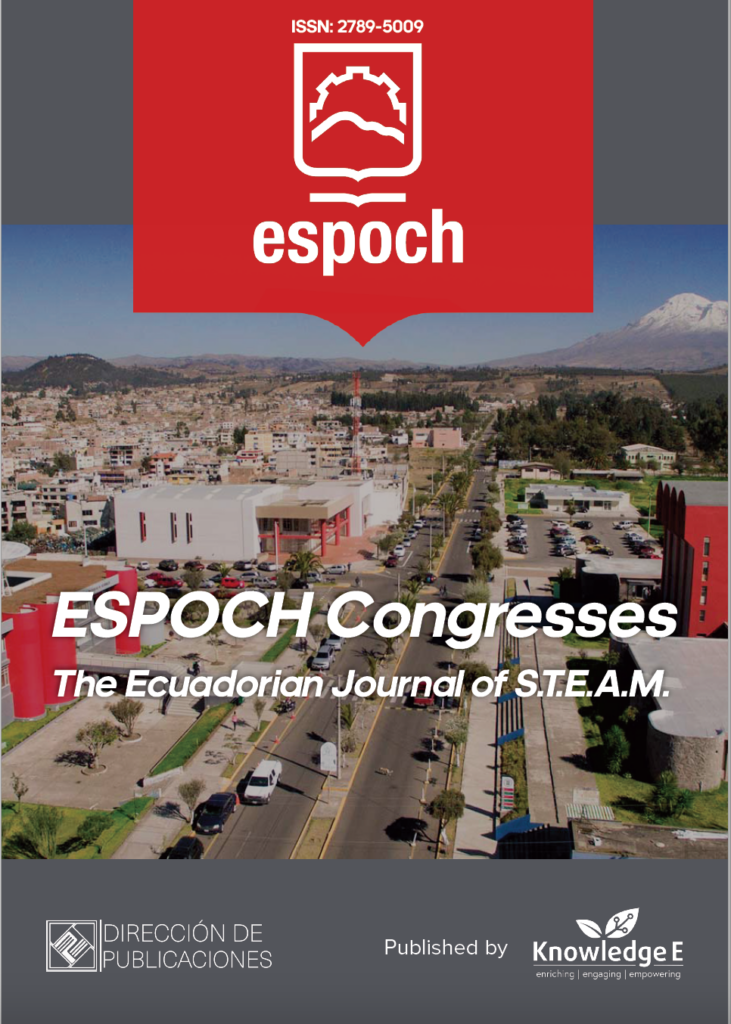
ESPOCH Congresses: The Ecuadorian Journal of S.T.E.A.M.
ISSN: 2789-5009
Leading Ecuadorian research in science, technology, engineering, arts, and mathematics.
Analysis of the Thermal Behavior of a Vehicle Cabin Using a Dynamic Thermal Model
Published date:Aug 31 2022
Journal Title: ESPOCH Congresses: The Ecuadorian Journal of S.T.E.A.M.
Issue title: Volume 2, Issue 4
Pages:1203 - 1217
Authors:
Abstract:
This work analyzes the thermal behavior of a vehicle cabin by using a dynamic thermal model, which allows to accurately reproduce the vehicle interior temperature under different external environmental conditions. The thermal model considers heat transfer through the glazed and opaque surfaces of the vehicle using the energy balance method. It considers changes in weather conditions, vehicle geometry, body construction characteristics, types of opaque and glazed surfaces, and existing thermal loads. Experimental tests (with and without solar radiation) were carried out to validate the dynamic thermal model. The model predicts the temperature variations of the air inside the vehicle cabin. The results showed a maximum variation of 1.38 K without solar incidence and 3.78 K with solar radiation.
Keywords: dynamic thermal model, vehicle, heat balance, thermal load.
Resumen
El objetivo principal del presente trabajo fue analizar el comportamiento térmico de la cabina de un vehículo utilizando un modelo térmico dinámico, que permite reproducir de manera precisa el comportamiento de la temperatura interior del vehículo bajo distintas condiciones ambientales externas. El modelo térmico considera la transferencia de calor a través de las superficies acristaladas y opacas del vehículo utilizando el método de balance de energía, para lo cual se toman en cuenta los cambios en las condiciones climatológicas, la geometría del vehículo, las características constructivas de la carrocería, tipos de superficies opacas y acristaladas y las cargas térmicas existentes. Se realizaron ensayos experimentales (con y sin radiación solar) para validar el modelo térmico dinámico. El modelo permite reproducir las variaciones de la temperatura del aire interior de la cabina del vehículo. Los resultados obtenidos muestran una variación máxima de 1.38 K, sin incidencia solar y 3.78 K con radiación solar.
Palabras Clave: modelo térmico dinámico, vehículo, balance de calor, carga térmica.
References:
[1] Zhang Z, Wang J, Feng X, Chang L, Chen Y, Wang X. The solutions to electric vehicle air conditioning systems: A review. Renewable and Sustainable Energy Reviews. 2018;91:443–463.
[2] Farrington RB, Rugh JP. NREL. Impact of vehicle air-conditioning on fuel economy, tailpipe emissions and electric vehicle range. To Be Presented at the Earth Technologies Forum [Preprint]. 2000. Available from https://www.nrel.gov/docs/fy00osti/28960.pdf
[3] Rugh J, Hovland V, Andersen SO. NREL. Significant fuel savings and emission reductions by improving vehicle air conditioning. In: Mobile Air Conditioning Summit; Washington, DC. 2004. Available from https://www.nrel.gov/docs/legosti/old/62232.pdf
[4] Zhang Z, Li W, Zhang C, Chen J. Climate control loads prediction of electric vehicles. Applied Thermal Engineering. 2017;110:1183–1188.
[5] Khayyam H, Nahavandi S, Hu E, Kouzani A, Chonka A, Abawajy J, et al. Intelligent energy management control of vehicle air conditioning via look-ahead system. Applied Thermal Engineering. 2011;31(16):3147–3160.
[6] Suzuki T, Ishii K. Air conditioning system for electric vehicle. Sae Technical. 2018:960688.
[7] Lee JT, Kwon S, Lim Y, Chon MS, Kim D. Effect of air-conditioning on driving range of electric vehicle for various driving modes. Sae Technical Papers. 2013;1:5.
[8] Lee H, Hwang Y, Song I, Jang K. Transient thermal model of passenger car’s cabin and implementation to saturation cycle with alternative working fluids. Energy. 2015;90:1859–1868. ASHRAE. Principle of heating ventilating and air conditioning. S.l.: John Wiley & Sons, Inc.; 2017.
[9] Hemmati S, Doshi N, Hanover D, Morgan C, Shahbakhti M. Integrated cabin heating and powertrain thermal energy management for a connected hybrid electric vehicle. Applied Energy. 2021;283:116353.
[10] ASHRAE. Principle of heating ventilating and air conditioning. S.l.: John Wiley & Sons, Inc.; 2017.
[11] Vásconez-Núñez DC, Gonzálvez-Maciá J, Corberán JM, Payá J. Development and validation of a dynamic thermal model of a minibus using TRNSYS. International Journal of Vehicle Design. 2018;77(1/2):87-107.
[12] Marcos D, Pino FJ, Bordons C, Guerra JJ. The development and validation of a thermal model for the cabin of a vehicle. Applied Thermal Engineering. 2014;66(1– 2):646–656.
[13] Bergman TL, Lavine AS, Incropera FP, Dewitt DP. Fundamentals of heat and mass transfer. John Wiley & Sons, Inc.: United States of America; 2017.